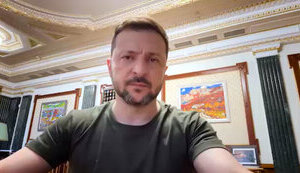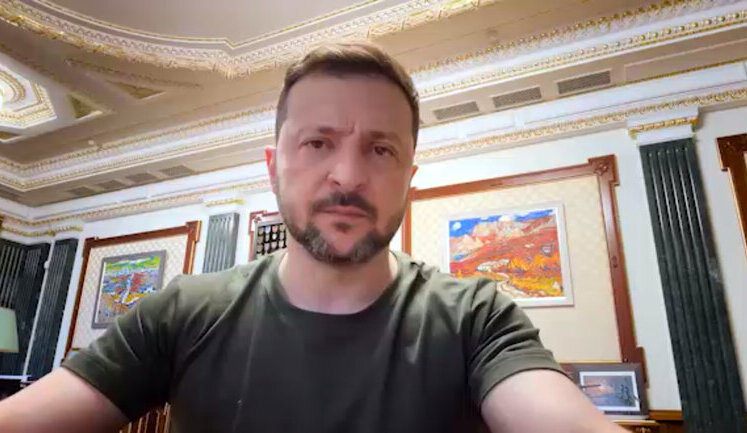As tensions persist, a ceasefire in Ukraine remains the central theme in diplomatic efforts. The EU has outlined a 12-point peace plan aimed at halting the conflict through a strategic ceasefire agreement with Russia. Meanwhile, the Kremlin indicated that peace could potentially be achieved within a year, highlighting the possibility of diplomatic solutions between Washington and Moscow. President Zelenskyy remains hopeful, noting that Russia's current military offensive in eastern Ukraine may be its last, paving the way for peace talks anticipated in 2026. These developments underscore the ongoing complexity and urgency of finding a pathway to a lasting ceasefire and eventual peace in Ukraine.
What are the EU's 12 points for achieving a ceasefire in Ukraine?
The EU has proposed a comprehensive 12-point plan aimed at achieving a ceasefire between Ukraine and Russia. These points emphasize diplomatic engagements and the need for mutual security guarantees. Although specifics are currently being refined, the plan involves coordinated international efforts to stabilize the region and ensure a transition toward peace.
Is there a specific timeline for achieving a ceasefire as per the Kremlin?
The Kremlin has suggested that peace is possible within a year if diplomatic channels are effectively utilized. This suggests potential for a ceasefire, contingent on the progression of discussions and the mutual willingness of involved parties to engage in constructive talks aimed at conflict resolution.
What is President Zelenskyy's stance on the ongoing Russian offensive?
President Zelenskyy has expressed optimism that the current Russian military offensive in eastern Ukraine might be its last major operation. He anticipates that this could lead to peace negotiations in 2026, supported by international efforts to facilitate diplomatic resolutions and secure the ceasefire.
How is the international community responding to Russia's stance on a ceasefire?
The international community, including the EU and the US, continues to pressure Russia for an unconditional ceasefire while simultaneously exploring avenues for diplomatic dialogue. Efforts are being made to facilitate a balanced and comprehensive ceasefire agreement that respects the sovereignty and security of Ukraine while addressing broader geopolitical concerns.
Are there any proposed consequences for non-compliance with ceasefire terms?
While detailed consequences for non-compliance are yet to be specified, there is an emphasis on international accountability. Measures such as heightened sanctions and increased diplomatic isolation for failing parties may be enforced to ensure adherence to ceasefire terms, aiming to foster a sustainable peacekeeping framework.






























































